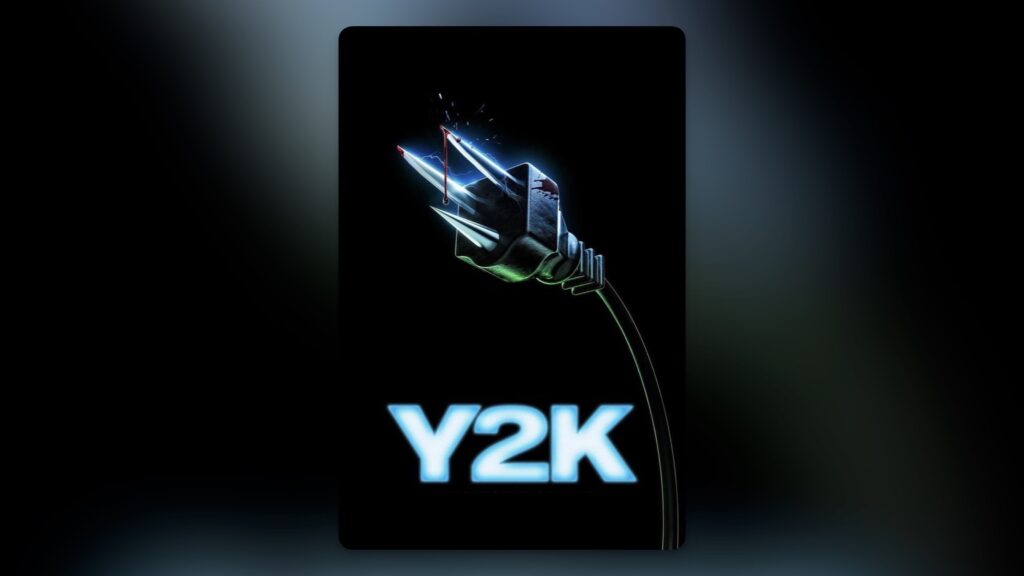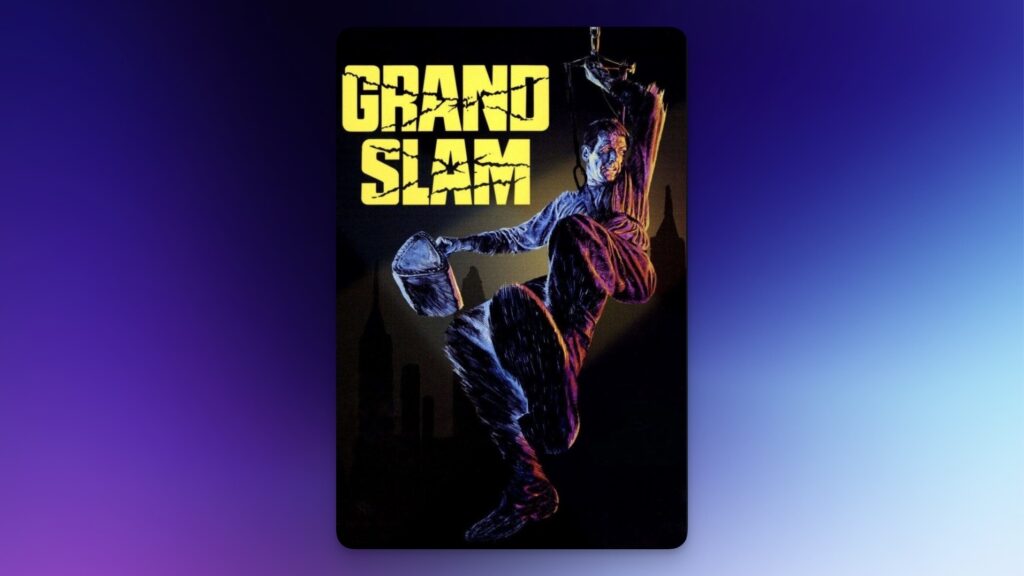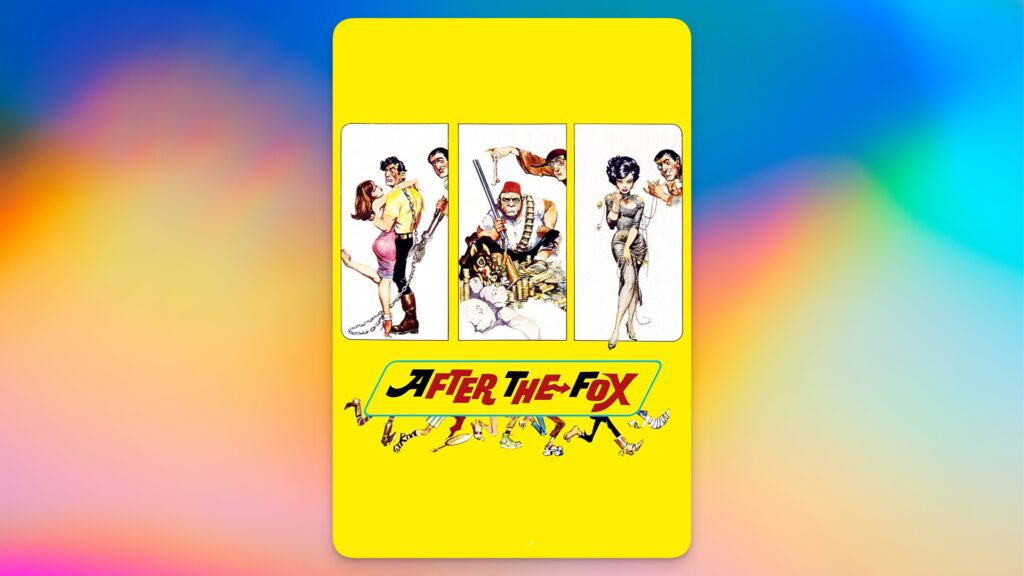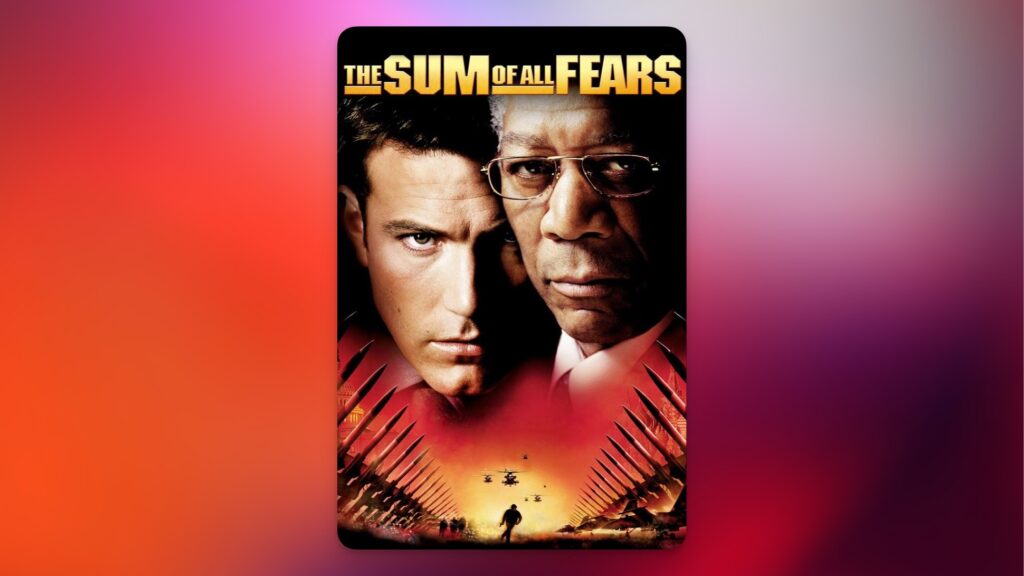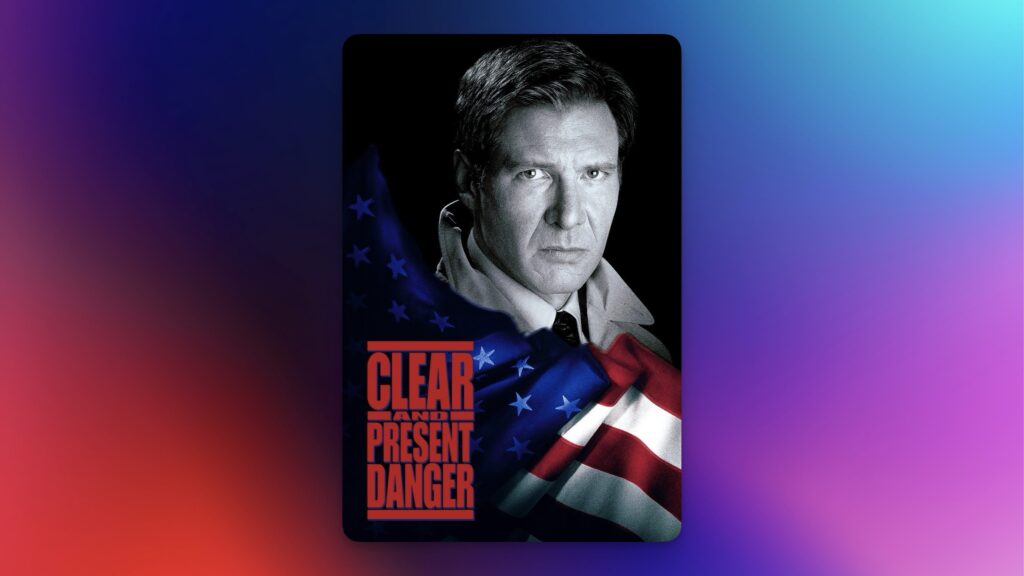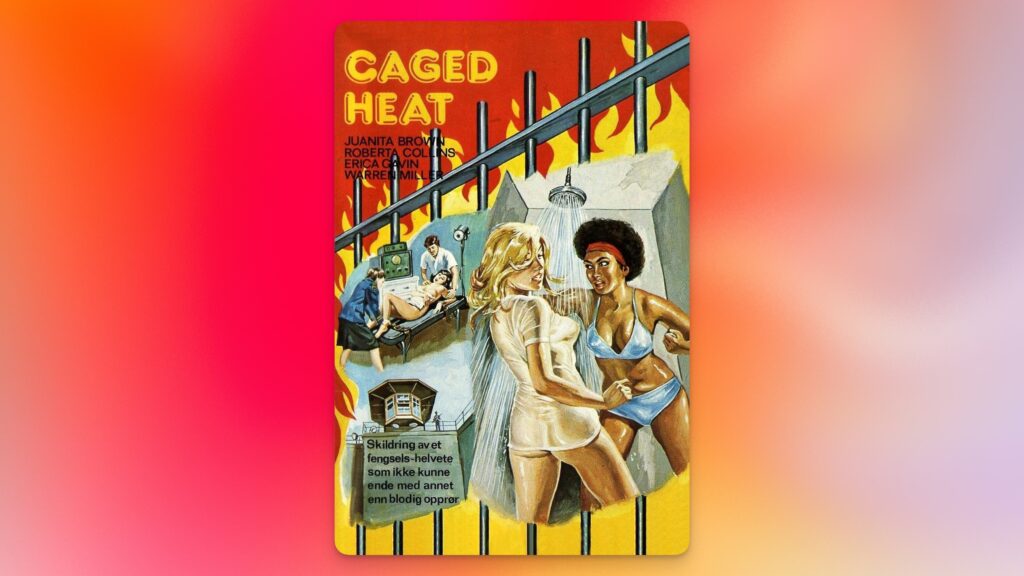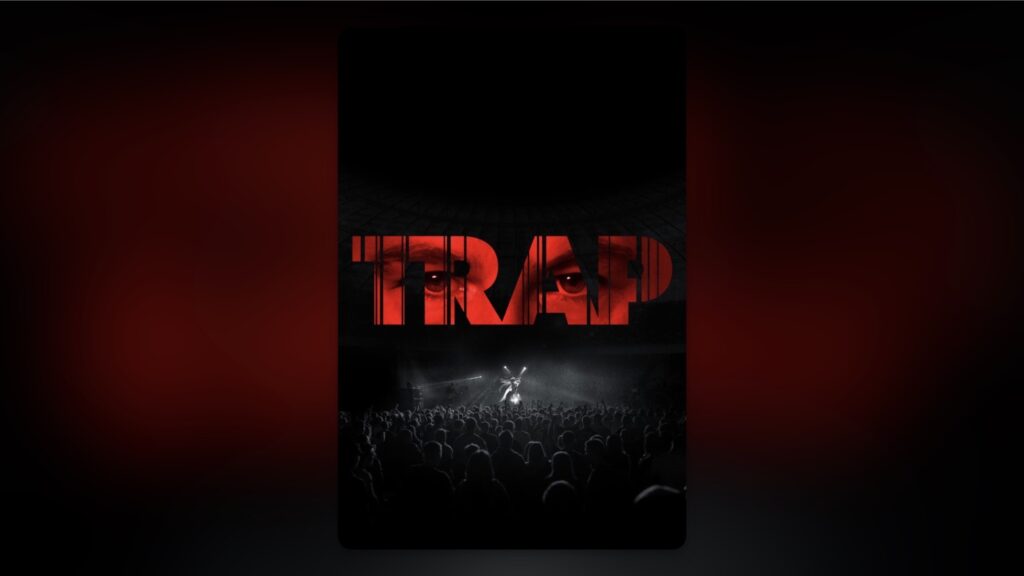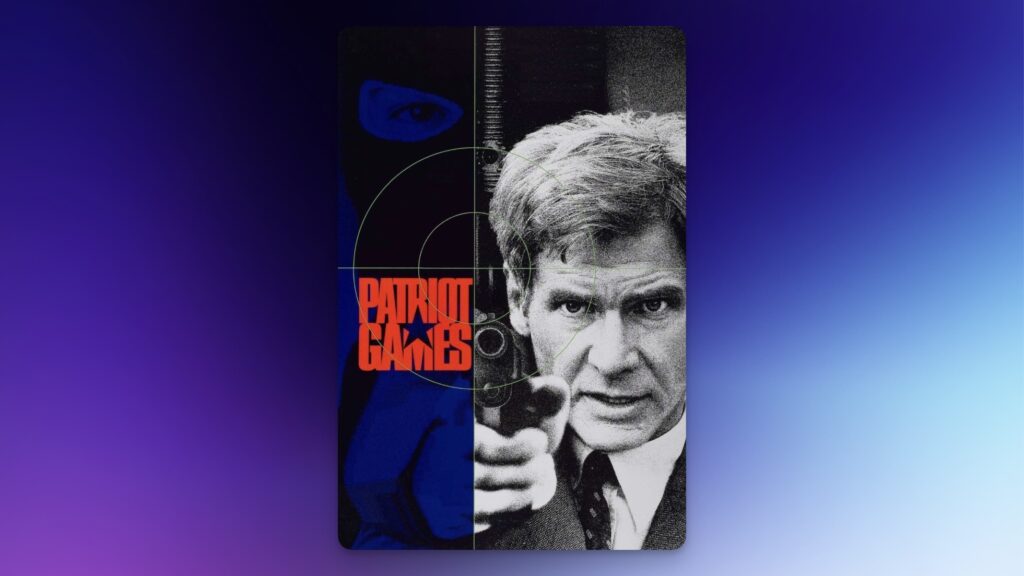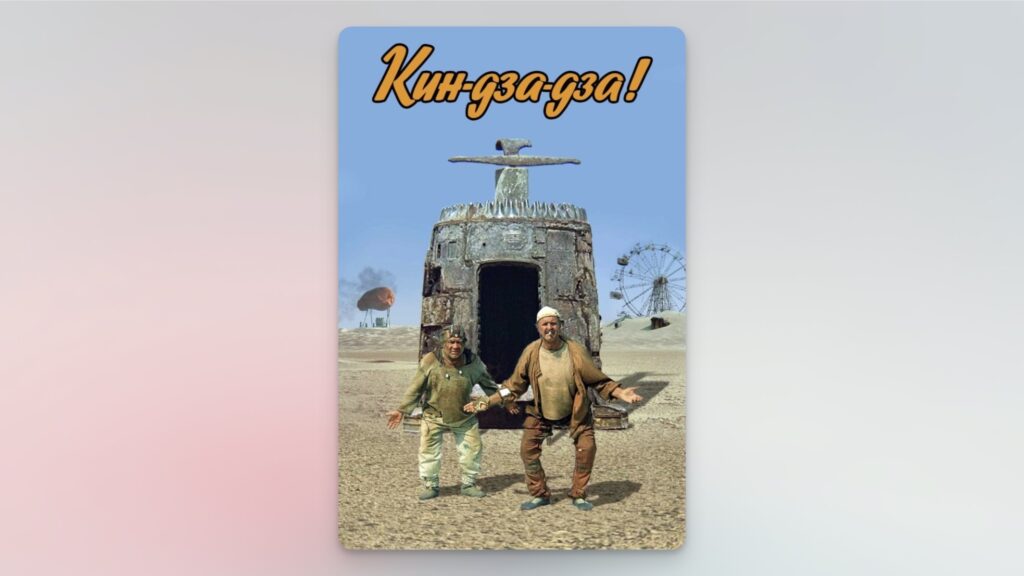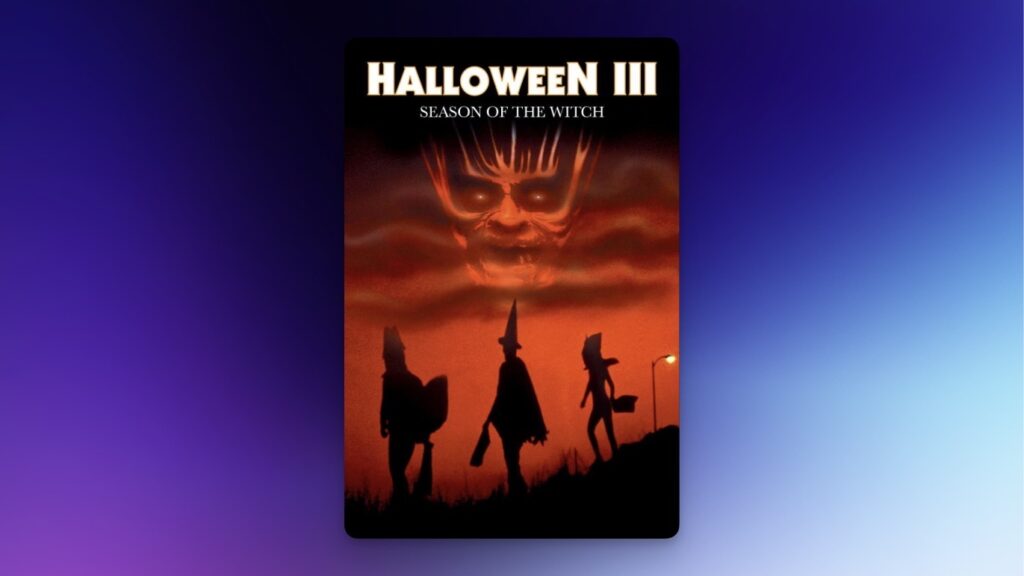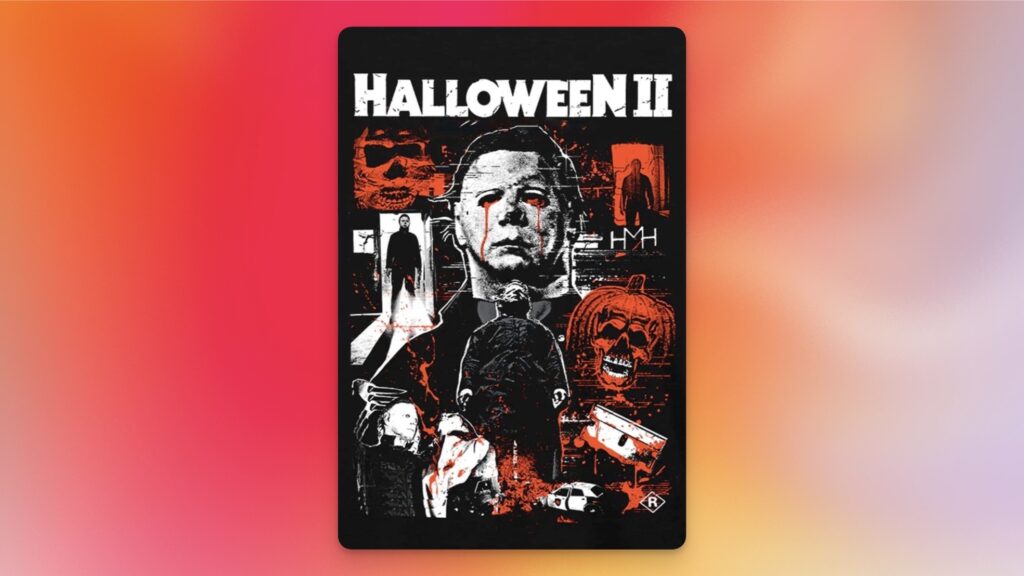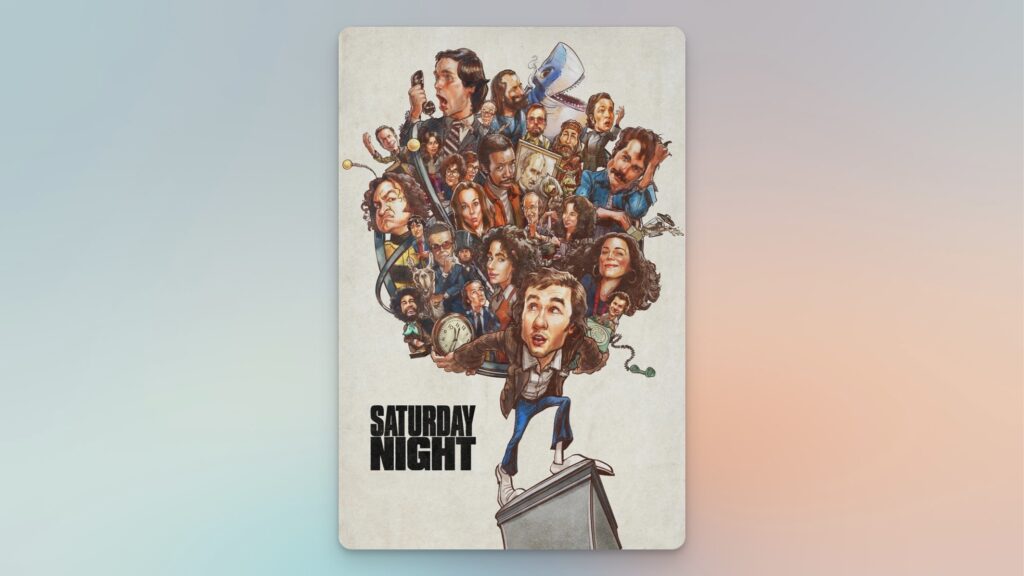Let’s talk about deadlines. That word alone likely sends a shiver down the spine of anyone with ADHD. It conjures images of looming doom, forgotten promises, and that nagging feeling of “I should be doing something… but what?” But what if I told you deadlines, real deadlines, could actually be your secret weapon? Not some vague, self-imposed “I’ll get to it eventually” kind of deadline, but a true, hard-and-fast “this absolutely must be done by then” deadline. Because Todoist, a tool I personally use and the work management backbone of our company, just changed the game. They’ve taken a feature that often causes stress and turned it into a powerful tool for clarity and control. They understand the unique challenges of the ADHD brain, and this update is a testament to that.
See, the folks at Todoist, those clever engineers of productivity, have been listening. They understand the unique challenges of the ADHD brain. They get that “due dates” often morph into “do dates,” blurring the lines between intention and action. And they’ve come up with a brilliantly simple solution: separating when you work on something from when it’s actually due.
Think of it like this: you’re a chef preparing a multi-course meal for a demanding food critic (your life). You wouldn’t start prepping every dish the moment the critic arrives, would you? No, you’d have a carefully planned schedule, each dish prepped and ready to go at precisely the right moment. The critic’s arrival is the deadline – the non-negotiable moment of truth. Your prep work, the chopping, the sautéing, the simmering – those are your dates, the flexible steps you take to meet that ultimate deadline.
Todoist now mirrors this logic. That old “Due Date” field? It’s now simply “Date.” This is when you intend to work on the task, your personal prep time. The new “Deadline” field? That’s the critic’s arrival, the immovable feast.
So, how does this ADHD-friendly magic work? It’s deceptively simple. When creating a task, you’ll see a “Deadline” chip. Click it, set the real, external deadline (the critic’s arrival). Then, use the “Date” field to schedule your work time (your prep schedule). Prefer keyboard shortcuts? Use the curly braces – {tomorrow} sets the deadline for tomorrow. Existing tasks? Just open the task details and you’ll find the new “Deadline” field waiting for you.
And here’s the kicker for the ADHD brain: Todoist provides a visual countdown as your deadline approaches (within 7 days). It’s like a gentle nudge, a friendly reminder that the critic is on their way. No more last-minute panic, no more forgotten commitments. Just a clear, concise roadmap to success.
This isn’t just about individual productivity. It’s about teamwork, too. Imagine a team project where everyone understands not only what needs to be done but when it absolutely has to be finished. Deadlines become shared points of reference, fostering clarity and accountability.
This feature is currently available for experimentalists on paid plans. Update your app (v6706 on web and desktop, 24.9.22 on iOS, and v11536 on Android) and give it a try. It might just be the missing ingredient in your recipe for ADHD success.

